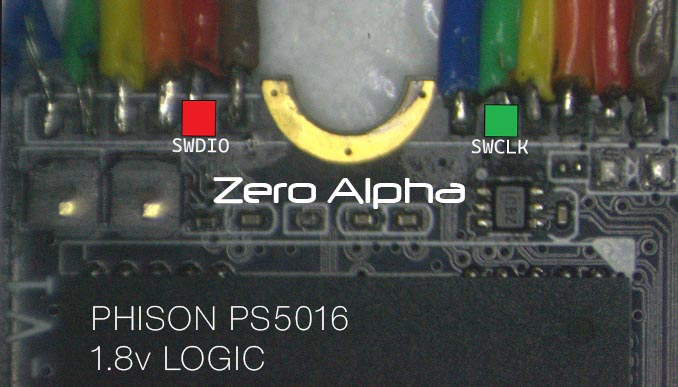Phison PS5016 Data Recovery
The Phison PS5016 controller is known for its advanced features, including error correction mechanisms, wear leveling, and efficient data management. Despite these advantages, data loss can still occur due to various reasons, necessitating the need for professional data recovery services.
Common Problems:
-
NAND Flash Issues: The PS5016 controller interfaces with NAND flash memory, and issues within the NAND can lead to data corruption or loss. Problems such as bad blocks, wear leveling errors, and read/write disturbances can impact the reliability of stored data.
-
Firmware Corruption: Firmware plays a crucial role in the functioning of SSDs. Corruption in the firmware of Phison PS5016-controlled SSDs can result in device failure or inaccessibility. Recovering data from a device with corrupted firmware requires specialized knowledge and tools.
-
Controller Failures: Like any electronic component, the PS5016 controller itself can experience failures. This might include issues with the power supply, overheating, or internal faults. Addressing controller failures is a complex task that demands expertise in chip-level data recovery.
-
Encryption Challenges: Some SSDs employing the Phison PS5016 controller may feature encryption mechanisms to enhance data security. While encryption is crucial for protecting sensitive information, it can pose challenges during data recovery, as access to encrypted data requires proper decryption keys and techniques.
-
TRIM and Garbage Collection Impact: The PS5016 controller, like many modern SSD controllers, utilizes TRIM and garbage collection algorithms to manage data blocks efficiently. However, these processes can sometimes lead to unintended data deletion, making recovery more intricate.
Technical Considerations:
-
Specialized Tools: Professional data recovery specialists utilize specialized tools designed for NAND-based flash storage. These tools help in reading and reconstructing data from the NAND chips, compensating for errors and degradation.
-
Firmware Repair: Repairing corrupted firmware involves reverse engineering and patching the firmware code. Data recovery experts with knowledge of SSD architecture and firmware structures can attempt to restore the functionality of the SSD.
-
NAND Chip Reading: Reading data directly from the NAND chips may be necessary in cases where the controller is malfunctioning. Specialized readers and algorithms are employed to extract and reconstruct data from individual NAND chips.
Conclusion:
Phison PS5016 data recovery presents a set of intricate challenges, demanding a high level of expertise and specialized tools. As electronic devices continue to rely on SSDs with advanced controllers like the PS5016, data recovery professionals will play a crucial role in salvaging critical information from these storage mediums. Understanding the technical intricacies of the PS5016 controller is essential for successfully recovering data from SSDs that utilize this advanced chip.
Phison PS5016 SWD Pinout
